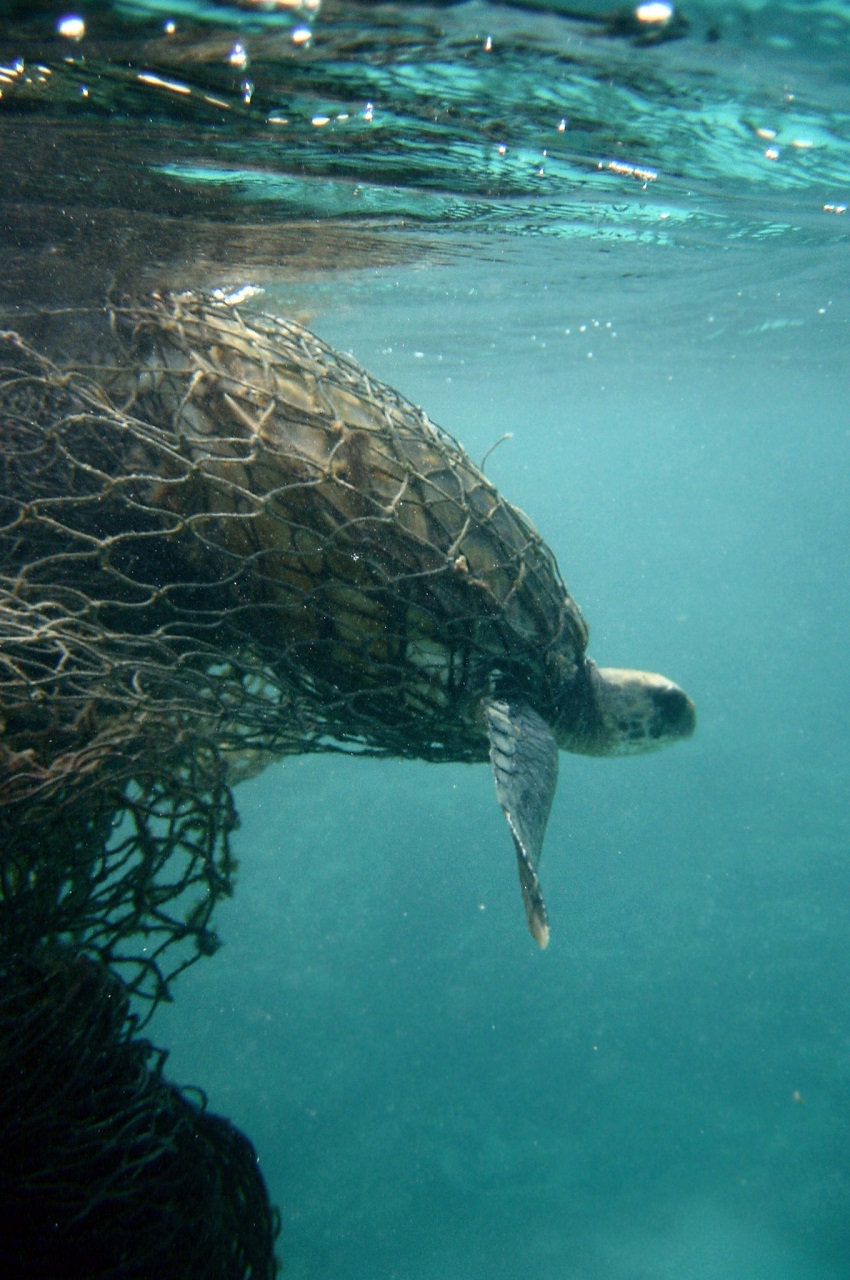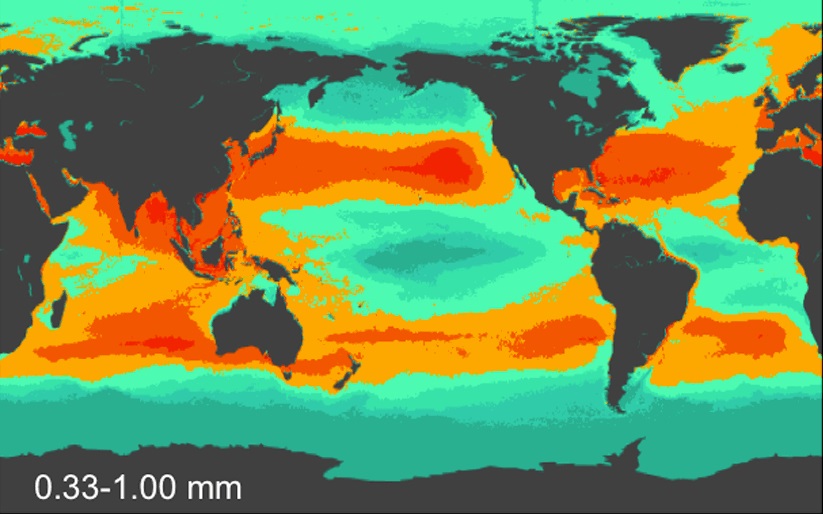If you haven’t heard – Plastics are ruining many ecosystems. A recent study of sea turtles shows the problem explicitly.

In this study, researchers observed the food-seeking behaviors of loggerhead sea turtles when exposed to different smells. When the smell of food was pumped into the enclosure, the turtles would lift their head above the water for several minutes. This allows them to track the food, so they can swim in the right direction, find the food, and eat it.
The most eye-popping result from the study was that sea turtles had this exact same reaction to plastics covered in the smell of food. These plastics have absolutely no nutritional value, cannot be digested, and often cause blockages in the turtle’s digestive system that can easily lead to death!
To fully understand why turtles can be so easily confused by plastics, we have to look at some biological concepts to find an explanation.
Sea Turtle Diet
Sea turtles eat a wide variety of other ocean creatures, including shrimp, small fish, jellyfish, and even sponges. Some sea turtles have even evolved to be able to handle the powerful toxins that some of these creatures produce!
So, it seems shocking that plastics are so harmful to a creature that seemingly has an “iron gut”. Plastics are not necessarily toxic, but they do something to the turtles that can essentially starve them to death – plastics do not break down.
Normally, when a sea turtle eats a toxic sponge or a stinging jellyfish, the material goes into the stomach where it is broken down to its chemical level. Nutrients are released, absorbed into the bloodstream, and any left-over waste products pass easily through the turtle’s intestines. The waste products are excreted as feces, allowing the turtle to continue eating and passing food through its guts.
Plastics block this process because they do not break down in the stomach or intestine. While turtles have spent millions of years evolving to eat the toxins present in jellyfish and sponges, plastics have been around for less than 100 years. And, considering how much plastic is already in the environment, it is unlikely that turtles will be able to adapt before they go extinct.
Plastic Pollution
Plastics have been mass-produced for over 50 years, and until now there has never been any concern about plastic pollution. But, scientists all over the globe are finding very high levels of plastic in almost every natural environment. Oceans are getting the brunt of plastic pollution, mostly because all freshwater leads to the ocean. This carries a torrent of plastic waste into the ocean, where it circles around relentlessly in ocean currents.
This map shows just how bad the plastic problem is.

This map measures microplastics – tiny pieces of plastic – in the world’s oceans. The red areas show where the plastics are accumulating. Unfortunately for turtles and other wildlife, currents are building up these plastics in many tropical areas, near coral reefs, and in the feeding grounds for many organisms.
While turtles are beloved by many and can help rally support for ending plastic pollution, there are many other animals at risk for ingesting plastic and dying. In fact, one report estimates that up to 99% of sea birds have ingested plastic. In the next decade, this could absolutely reak havoc on global ecosystems and completely break-down the entire marine food web.
Tell your friends – Stop Plastic Pollution Now!
